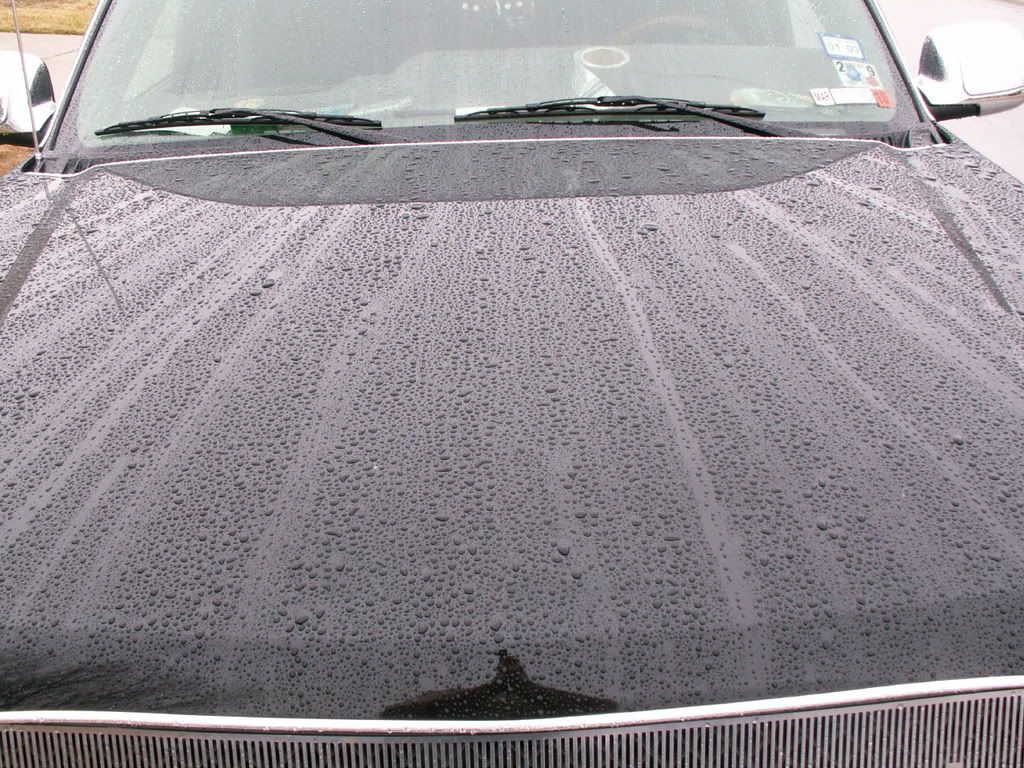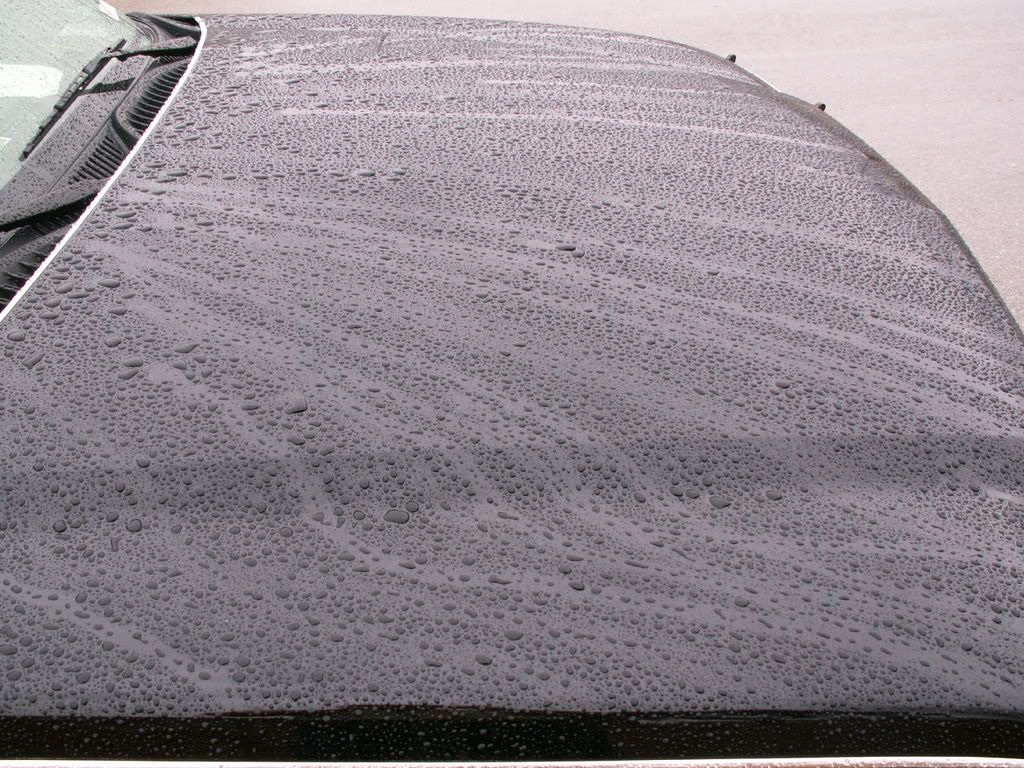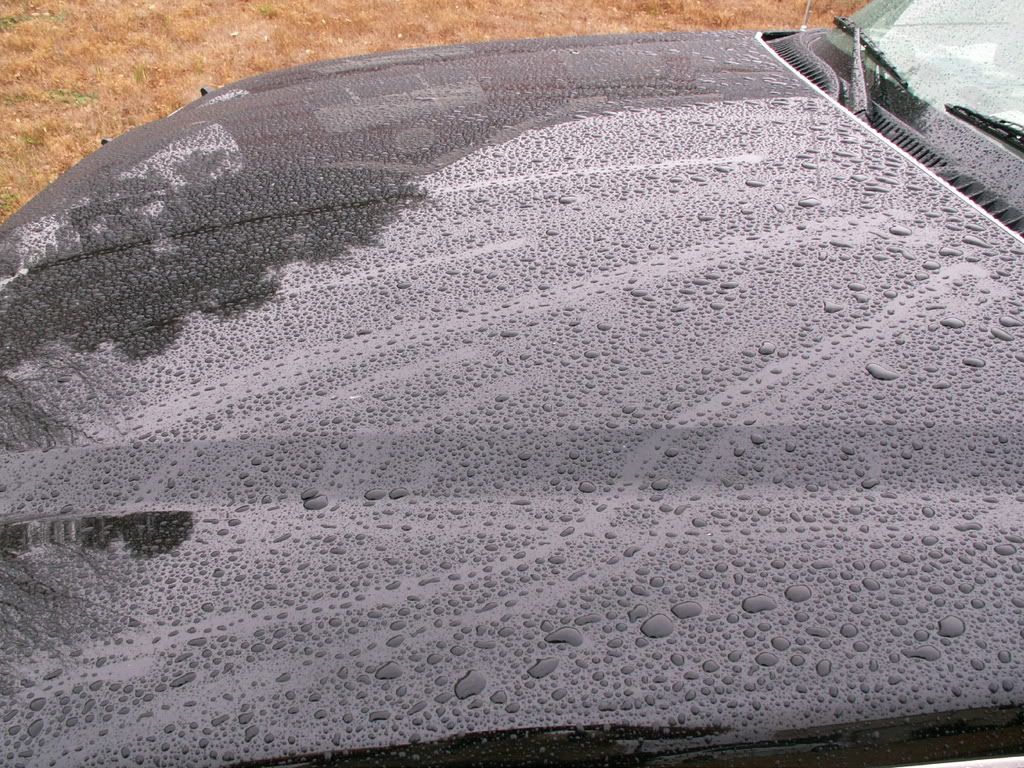Greg Nichols
New member
Macruz19 said:Oh... I also read somewhere that NXT 2.0 is much slicker than Zaino.
Again, how does one measure slickness? I'm not picking a fight here so don't all jump on this. We throw out terms yet the terms means something different by everyone.











